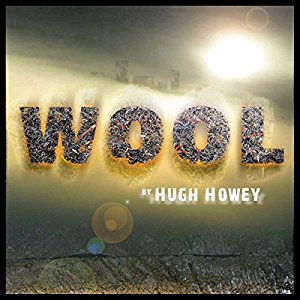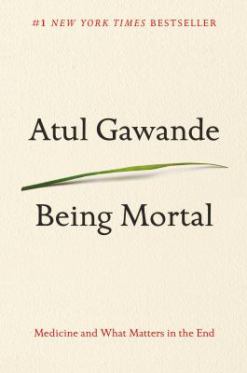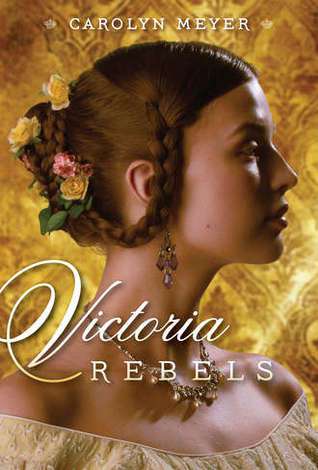On a particular evening two years ago during Christmas time, a German friend of mine told me she didn’t want to go out that night, since she was planning on staying home to “watch Kevin” instead. I had no idea what she was talking about, so I asked her why she was going to spend her night staring at a person (or a dog, maybe?) named Kevin. She laughed at me, and was surprised I didn’t know that saying “watching Kevin” is, actually, the same as saying you’re watching Home Alone (1990, Chris Columbus). Home Alone tells the story of how a little boy named Kevin (Macaulay Culkin) accidentally gets forgotten by his parents when they leave for vacation during the holidays. As a result, Kevin thinks he has made his parents disappear and immediately does all prohibited things kids dream of, such as eating unhealthily or watching TV all day. When burglars try to break into what they think is an empty house, though, it is up to Kevin and his entertaining set of booby traps to defend his home.
Almost 30 years later, Home Alone is still popular. One of the biggest movie theaters around me even did a special screening in preparation for Christmas. Home Alone‘s success is illustrative of a larger phenomenon, being the special kind of joy that the Christmas movie genre tends to evoke. Let’s look into that, shall we?
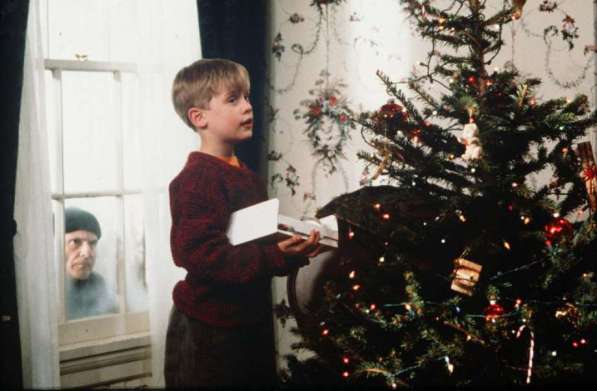
Every year, TV broadcasting makes sure that we get our fill of holiday-themed movies, and online streaming services provide a special ‘Holiday’ category for us to choose from. I also often see people posting images on their Snapchat or Instagram stories of them watching Christmas movies, most of the time accompanied by a warm blanket and a hot cup of coco. These movies are things people love and actively seek out during the holiday season despite their oftentimes busy schedules. I think one of the particular powers of ‘the Christmas movie’ is the attention it gives to creating a nice, warm, and welcoming Christmas atmosphere. Sure, the unfolding of the movie-specific narrative can be entertaining, but, to my mind, the main power of the Christmas genre is in how it teleports the audience into the seemingly familiar atmosphere of the winter wonderland.
I say ‘seemingly familiar’, since for a lot of people–as is the case in Belgium, where I live–the dream of a white Christmas mostly doesn’t go further than exactly that: a dream. I can’t remember the last time I’ve actually seen snow on Christmas Eve or Christmas Day. This doesn’t hinder the success of Christmas movies here, though. It’s these feelings and tendencies of escapism that cause us to want to experience a story set in a world that is characterised by all the things we see in Christmas stores or hear in the Christmas songs. Working in a Christmas store myself (I’m writing this post after eight hours of hearing ‘Jingle Bells’, ‘Deck The Halls’ and ‘Rudolph The Red-nosed Reindeer’ simultaneously over and over again and of politely explaining to people that December 23rd really is too late to start thinking of buying a Christmas tree), I often think about how these Christmas sceneries evoke something that seems like something familiar that you’ve experienced before, but in reality, stand far from anything that I’ve ever seen close to home.
I think this is also the reason why many serially broadcast (e.g. non-Netflix, etc.) TV shows include a Christmas-themed episode in their usual 23-episode structure. The Big Bang Theory‘s first Christmas themed episode, “The Bath Item Gift Hypothesis” (2×11), for example, had Sheldon (Jim Parsons) stress over the present he had to get Penny (Kaley Cuoco). It doesn’t matter that a big part of the episode doesn’t concern itself with Christmas at all: the storyline with Leonard (Johnny Galecki) angry with Penny for choosing famous physicist David Underhill (Michael Trucco) over him has nothing to do with the holiday spirit whatsoever, and could easily have been integrated in any other given episode. We still look at these episodes as ‘this year’s Christmas episode’, though, and we enjoy these episodes in a different way exactly because they’re set against a Christmas background.
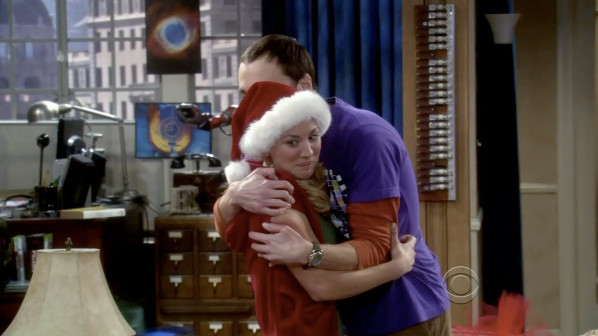
Christmas movies also benefit from the power of commodified nostalgia. Christmas tends to take us back to our childhood, where we had time off school to have fun and play with the exciting new toys we got. This is also one of the strengths of Home Alone, I think. Having the main character be a young child adds to the warm, light-hearted feel of the film, the fun factor and the entertainment value.
Summing up, Christmas movies can be seen are these fun and welcoming pieces of cinema that have become just as big a part of our annual holiday period rituals as the Christmas tree or turkey with mashed potatoes and cranberry sauce. They mostly draw power from their powerfully nostalgic background scenery, and create a nice atmosphere we can escape into when we need a sense of warmth when times around us get most cold.
Oh, and for everyone reading this, a merry Christmas and a happy New Year!
Written by Alexander Vandewalle. For the featured image, click here. Click here for the 2nd Home Alone picture, and here for the The Big Bang Theory picture. Give us a like on Facebook!
Advertisements Share this: